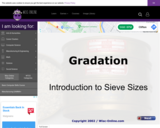
This learning object introduces the student to sieves and how their designation is related to the aggregate size.
- Subject:
- Electrical engineering
- Engineering
- Date Added:
- 10/15/2010

This learning object introduces the student to sieves and how their designation is related to the aggregate size.

In this animated activity, learners examine how ground fault circuit interrupters work and why they are an important safety feature.

Learners view a heijunka box and read how this tool is used for scheduling production in a pull system.

In this animated object, learners read the dimensions of the different types of vehicles typically considered in highway design.
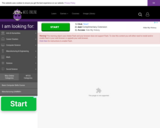
Learners view a horizontal curve and mouse over the diagram to read descriptions of its components and related equations.
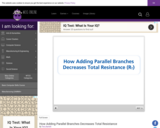
In this animated object, learners follow an analogy of water flowing through pipes and valves to see how resistance decreases in a parallel circuit as branches are added.

In this animated object, learners follow an analogy of water flowing through pipes and valves to see how current increases in a parallel circuit as branches are added.

This learning activity uses a water pressure analogy to present the concept that voltage pressure is required to cause current flow.

Learners examine how metal detectors function. This object includes animation and sound.

In this interactive object, learners view the icons and symbols used most frequently in value steam mapping. A matching activity completes the object.
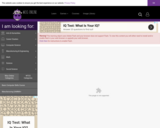
Students read about the ideal versions of the four common filters (low-pass, high-pass, bandpass, and notch), and view graphical representations of the filters' frequency characteristics.
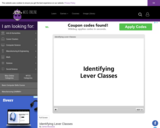
In this interactive object, learners read an introduction to Class 1, Class 2, and Class 3 levers and then take a quiz.

Students view the parts and movements of a combustion engine in this animated activity. Each part is described.

Learners examine the impedance matching capability of a transformer and how to select the proper turns ratio to achieve this function. A brief quiz completes the activity.

Students view the formulas to be used to convert a parallel impedance to a series impedance.

Students view the formulas to be used to convert a series impedance to a parallel impedance.
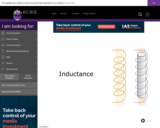
This learning activity describes the physical properties that affect the inductance, in henries, of an inductor.
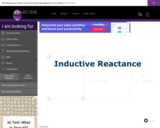
Students read an introduction to inductive reactance and view examples.
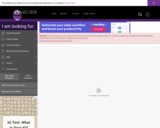
Learners view video clips showing how coiled wire provides more resistance to AC current flow than uncoiled wire.

In this animated object, learners examine how a coil of wire provides more resistance to AC current flow than an uncoiled wire. This learning object contains audio.